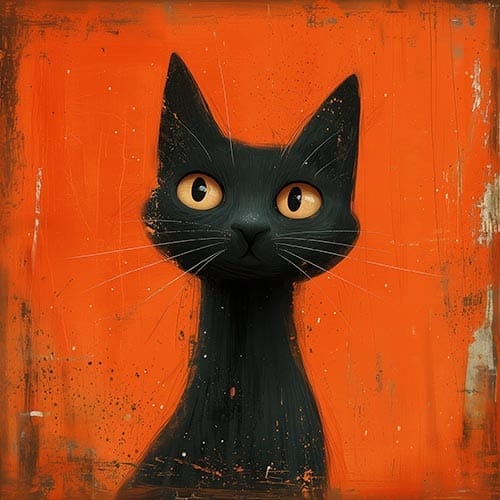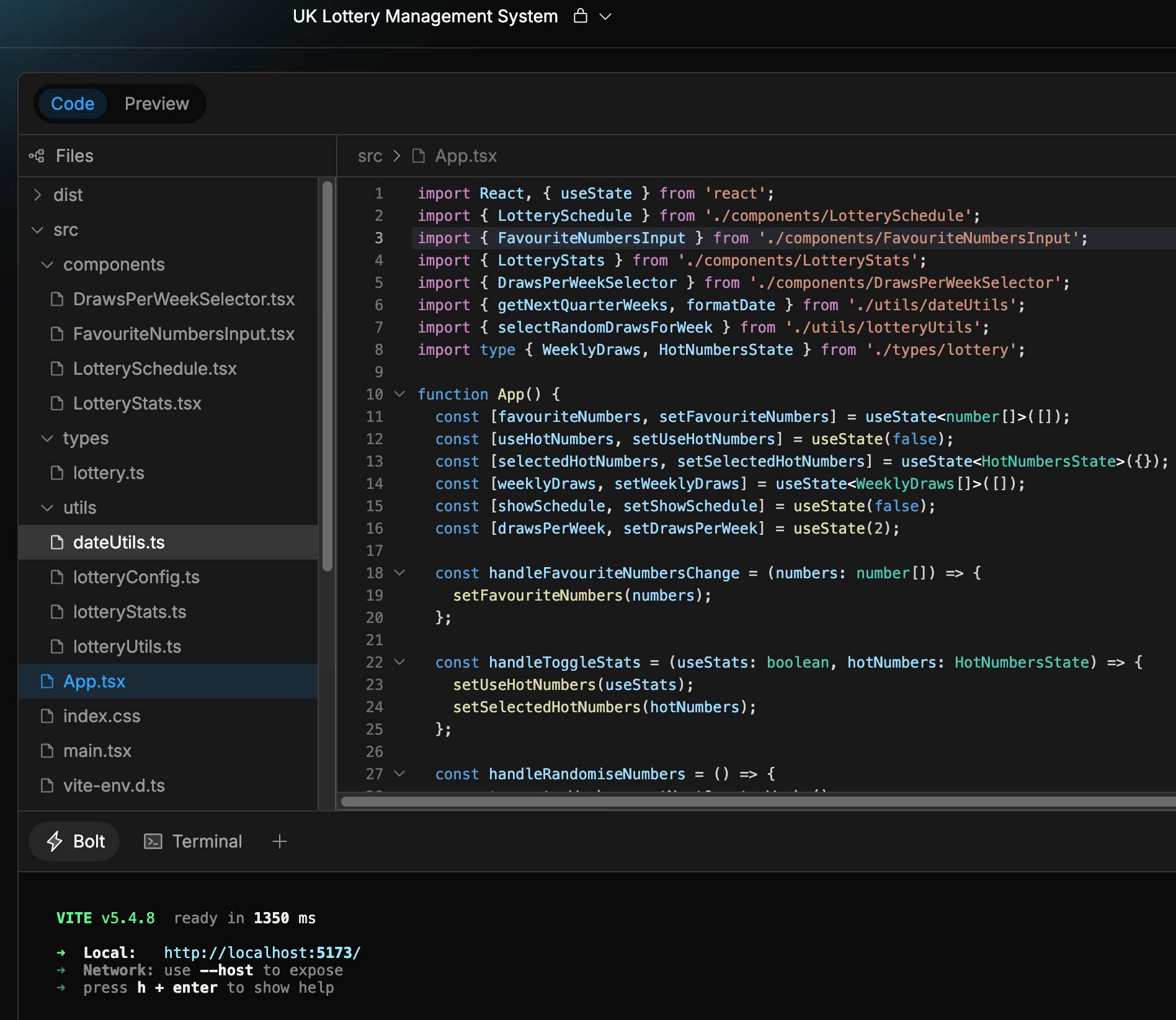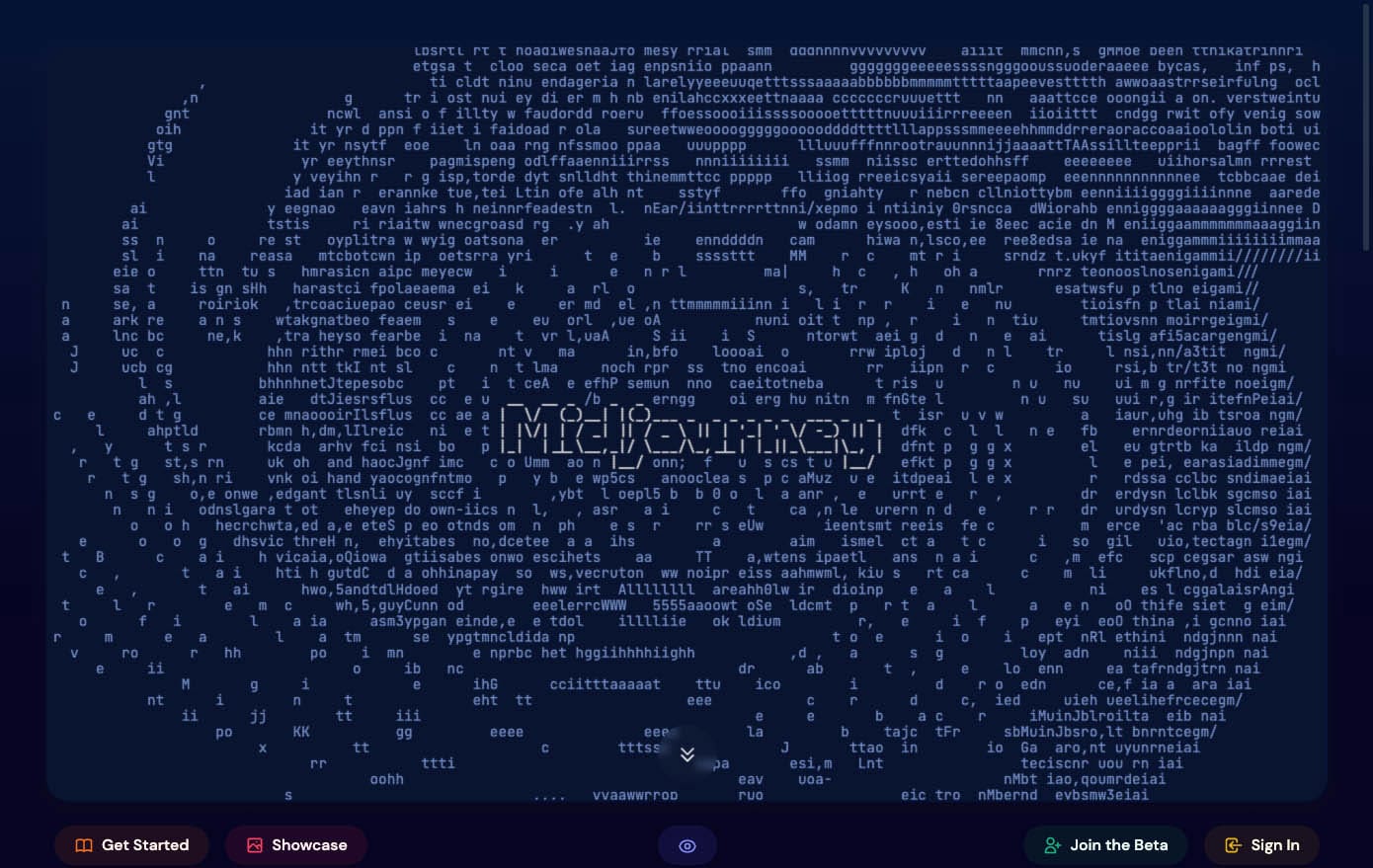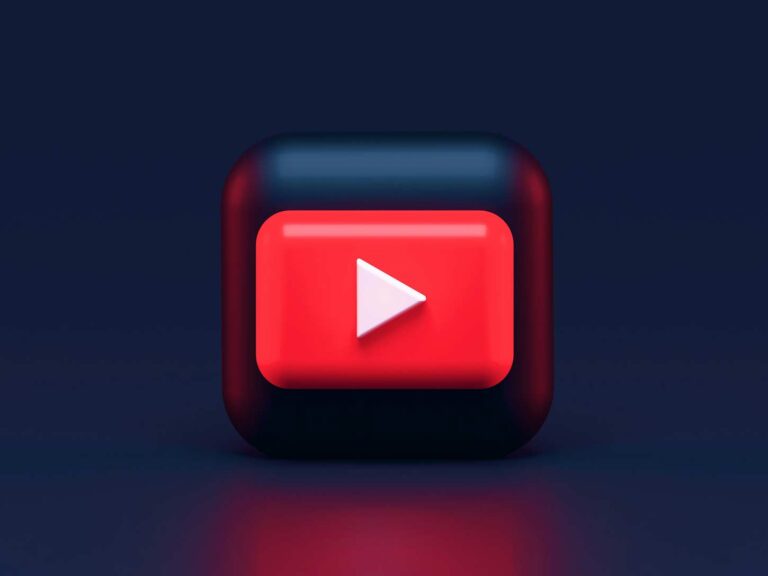Unlocking Creative Wealth: Making Money with Midjourney
Introduction
In the vibrant world of digital art, Midjourney has emerged as a revolutionary tool, empowering artists and entrepreneurs alike. Its AI-driven capabilities have opened new doors for creative expression and financial success. This blog post aims to explore the myriad ways in which this innovative technology can be leveraged for monetisation, offering a beacon of opportunity for those ready to venture into the digital art frontier.
Real-Life Example:
Consider the story of Sarah, a digital artist who transitioned from traditional painting to AI-assisted art creation. Using Midjourney, she expanded her portfolio, reaching a broader audience online and significantly increasing her income.
Resources and Tools:
- Midjourney Official Website: For understanding the basics of the tool.
- Online AI Art Communities: Platforms like Reddit or Discord for sharing insights and getting inspiration.
1. Customized Art Prints and Products
When it comes to art, customisation plays a role. With the help of Midjourneys, AI technology artists can now create artworks that truly connect with preferences and tastes. These one-of-a-kind creations can be transformed into a range of products from top-notch prints to personalised merchandise. The approach involves leveraging e-commerce platforms and keeping up with market trends. In this chapter, we will walk you through the process of finding your niche crafting captivating art pieces and effectively promoting your products to the audience. Our aim is to ensure that your artwork not captivates but also sells successfully.
Strategy:
- Understanding Your Target Market: Identify niches that resonate with your style of AI-generated art.
- Leveraging E-commerce Platforms: Use platforms like Etsy, Shopify, or Redbubble to sell your products.
Real-Life Example:
Emily, an artist using Midjourney, noticed a trend in AI-generated fantasy landscapes. She started creating and selling custom prints on Etsy. Her unique designs quickly became popular, leading to her opening a dedicated online store.
Resources and Tools:
- Print-on-Demand Services: Companies like Gelato or Printful can be used to print and ship your designs without needing inventory.
- E-commerce Platforms: Etsy, Shopify, and Redbubble for setting up an online store.
- Social Media Marketing Guides: To effectively promote your products on platforms like Instagram and Pinterest.


2. Freelance and Commissioned Work
Leverage Midjourney for freelance graphic design or custom artwork. The AI’s versatility allows for a quick turnaround, catering to a diverse client base. The secret lies in mastering prompt crafting to meet specific client needs.
Strategy:
- Mastering Prompt Crafting: Learn to use Midjourney’s prompts to create specific designs that meet client requests.
- Building a Portfolio: Showcase your best AI-generated work to attract clients.
Real-Life Example:
John, a graphic designer, used Midjourney to create unique logo designs. By crafting prompts based on client specifications, he developed a diverse portfolio that attracted businesses looking for innovative branding solutions.
Resources and Tools:
- Freelance Platforms: Websites like Fiverr, Upwork, and Behance for finding clients.
- Portfolio Websites: Use platforms like Adobe Portfolio or Squarespace to showcase your work.
- Prompt Crafting Guides: Online resources or forums to enhance your skills in creating effective prompts.

3. Educational Ventures
With AI art on the rise, there’s a growing demand for Midjourney tutorials and courses. Create comprehensive guides or video tutorials to teach others about this technology, tapping into the educational market.
Strategy:
- Creating Comprehensive Guides: Develop in-depth tutorials covering various aspects of Midjourney.
- Video Tutorials: Leverage platforms like YouTube or Udemy for broader reach.
Real-Life Example:
Alice, an artist proficient in Midjourney, started a YouTube channel offering tutorials. Her clear, step-by-step guides helped many beginners, leading to a rapidly growing subscriber base and opportunities for monetisation through ads and sponsorships.
Resources and Tools:
- Online Course Platforms: Udemy, Teachable, or Skillshare for hosting your courses.
- Video Editing Software: Tools like Adobe Premiere Pro or Final Cut Pro to create polished tutorials.
- Social Media Marketing: Use platforms like Twitter and LinkedIn to promote your educational content.
4. Digital Products and Assets
Use Midjourney to create unique digital products like eBooks, graphic novels, or assets for video games. Highlight the process of creating these products and navigating digital marketplaces for maximum revenue.
Strategy:
- Creating Unique eBooks and Graphic Novels: Utilize Midjourney to design compelling cover art and illustrations.
- Developing Assets for Video Games: Produce distinctive character designs, environments, and other graphical elements.
Real-Life Example:
Mia, a graphic designer, used Midjourney to create a series of fantasy-themed eBook covers. Her unique designs garnered attention on digital platforms, leading to increased sales and commission requests. Additionally, Alex, a game developer, leveraged Midjourney to design unique characters and settings for his indie game, enhancing its visual appeal and distinctiveness in a crowded market.
Resources and Tools:
- Digital Publishing Platforms: Kindle Direct Publishing and Smashwords for eBook publication.
- Game Development Forums: Communities like Unity Forums or Unreal Engine Forums for networking and showcasing game assets.
- Graphic Design Software: Tools like Adobe Photoshop for refining and editing AI-generated images.
5. Social Media and Content Creation
AI-generated art can significantly enhance social media presence. Use Midjourney to create captivating visuals, boosting engagement and follower growth.
Strategy:
- Boosting Social Media Engagement: Employ Midjourney to generate unique, eye-catching images for posts and campaigns.
- Content Creation: Use AI-generated artwork to add a creative edge to blogs, vlogs, and other digital content.
Real-Life Example:
Carlos, a social media influencer, began integrating Midjourney-generated artwork into his posts. These distinctive visuals not only enhanced the aesthetic appeal of his content but also drove higher engagement and follower interest. His approach demonstrated the power of unique AI-generated imagery in standing out on social media platforms.
Resources and Tools:
- Social Media Platforms: Instagram, Twitter, and Pinterest for sharing visual content.
- Content Management Tools: Hootsuite or Buffer for scheduling posts and managing multiple social media accounts.
- Analytics Tools: Google Analytics and social media platform insights for tracking engagement and reach.

6. NFTs and Digital Art Sales
The emergence of Non-Fungible Tokens (NFTs) has revolutionised the way digital art is bought and sold. Midjourney’s AI-generated art offers a unique opportunity for creators to tap into this market.
Strategy:
- Creating NFT-Ready Art: Use Midjourney to create distinctive, high-quality digital art pieces suitable for the NFT marketplace.
- Understanding the NFT Marketplace: Gain knowledge about how NFTs work and the best practices for selling digital art in this space.
Real-Life Example:
Lucy, a digital artist from Manchester, used Midjourney to create a series of surreal landscapes. She tokenised these artworks as NFTs and successfully sold them on platforms like OpenSea and Rarible, tapping into the burgeoning market for unique digital art.
Resources and Tools:
- NFT Marketplaces: OpenSea, Rarible, and Foundation for listing and selling NFTs.
- Blockchain Wallets: MetaMask or Trust Wallet for handling cryptocurrency transactions.
- NFT Communities: Online forums and social media groups for networking and staying updated on market trends.

7. Stock Photography
Selling AI-generated images as stock photos offers a lucrative opportunity, especially with the increasing demand for unique and high-quality visuals in various industries.
Strategy:
- Creating Marketable Images: Use Midjourney to generate images that meet the quality and subject matter standards of stock photography.
- Navigating Legalities: Understand the legal aspects of selling AI-generated images as stock photography.
Real-Life Example:
Harriet, a photographer from Bristol, started supplementing her portfolio with AI-generated images. She tailored her creations to trending topics and niche markets, uploading them to stock photography sites. Her diversified portfolio attracted a wider range of clients, boosting her income. While Ben from Cambridge decided to go all in and built a website exclusively offering AI-generated images to his clients.
Resources and Tools:
- Stock Photography Websites: Wirestock, Getty Images, and Adobe Stock for uploading and selling images.
- Photography Forums: Places like PhotographyTalk or Photo.net for tips and networking with other photographers.
- Legal Resources: Online guides and forums to understand the copyright and usage rights associated with AI-generated imagery.


8. Partnerships and Collaborations
Engaging in partnerships and collaborations, especially in creative projects involving brands or other artists, can significantly benefit from the innovation brought by AI-generated art.
Strategy:
- Identifying Collaborative Opportunities: Look for brands or artists whose style or ethos aligns with your AI art.
- Showcasing AI Art’s Unique Appeal: Utilise the unique capabilities of Midjourney to offer innovative perspectives in collaborative projects.
Real-Life Example:
Simon, a London-based digital artist, partnered with an eco-friendly clothing brand to design a limited-edition line of apparel featuring his AI-generated nature-inspired prints. This collaboration not only boosted the brand’s appeal but also showcased the potential of AI in fashion design.
Resources and Tools:
- Collaboration Networks: Platforms like Collabstr or The Dots for finding partnership opportunities.
- Project Management Tools: Trello or Asana for organising collaborative projects.
- Digital Portfolio Platforms: Behance or Dribbble to showcase your AI artwork to potential collaborators.
9. Art Contests and Competitions
Participating in art contests that accept AI-generated works can be a pathway not just to potential income but also to recognition in the art community.
Strategy:
- Targeting Suitable Competitions: Research and identify art contests that are open to AI-generated artworks.
- Creating Contest-Worthy Pieces: Use Midjourney to create unique and compelling art pieces that stand out in competitions.
Real-Life Example:
Ella, an artist from Edinburgh, entered an international digital art competition with her Midjourney-generated abstract series. Her work, which stood out for its complexity and originality, earned her a top prize, leading to greater exposure and subsequent art sales.
Resources and Tools:
- Art Competition Listings: Websites like ArtShow or Call for Entry for finding suitable contests.
- Social Media Platforms: Instagram and LinkedIn to stay informed about upcoming competitions and network with other artists.
- Art Community Forums: Digital art forums like CGSociety for tips and sharing experiences.
10. Selling Prompts and Concepts
The niche market of creating and selling effective prompts for Midjourney can be surprisingly lucrative, catering to users who seek specific outputs from their AI art tools.
Strategy:
- Developing Unique Prompts: Craft prompts that consistently produce distinctive and high-quality AI artworks.
- Marketing Your Prompts: Create a platform or use existing marketplaces to sell your specialised prompts.
Real-Life Example:
We are starting to gain a reputation for our skills in crafting detailed and evocative Midjourney prompts. We started selling our prompt packages online, on Promptbase, catering to other artists and designers looking for reliable and creative starting points for their AI art.

Resources and Tools:
- Online Marketplaces: Websites like Promptbase, Vibeprompts, or Etsy to sell your prompts.
- AI Art Communities: Join forums and groups on platforms like Reddit or Discord to share and market your prompts.
- Digital Marketing Tools: Utilise email marketing tools like Mailchimp and social media for promotion.

Conclusion
Midjourney, as a cutting-edge AI tool, has opened a realm of possibilities for artists and entrepreneurs in the digital art space. Through this blog post, we’ve explored a variety of strategies to leverage this technology for monetisation. Each method not only offers a pathway to income but also the chance to expand one’s creative horizons.
Extensive Discussion:
Each of these strategies encapsulates the versatile nature of Midjourney, catering to a wide array of artistic and commercial pursuits. The real-life examples provided offer a glimpse into how various individuals and businesses have harnessed this technology to not only generate income but also to push the boundaries of digital creativity. From individual artists enhancing their digital portfolios to entrepreneurs launching new product lines, the applications are as diverse as they are innovative.
The tools and resources mentioned, including various online platforms, forums, and software, are instrumental in facilitating these endeavours. They provide essential support for artists and creators to market, sell, and showcase their AI-generated art. Additionally, these platforms serve as communities for sharing knowledge, networking, and staying updated with the latest trends in the fast-evolving world of digital art.
As we move forward, the landscape of AI-generated art and its commercial applications will undoubtedly evolve. Midjourney, as a tool at the forefront of this revolution, offers a unique opportunity for those willing to explore and innovate. By embracing these strategies, artists, and entrepreneurs can not only unlock new revenue streams but also contribute to the dynamic tapestry of digital artistry.
Final Thoughts:
Midjourney stands as a testament to the incredible potential of AI in the realm of art and commerce. As technology advances, it will be exciting to see how artists and entrepreneurs continue to innovate and redefine the boundaries of creativity and business.
For those looking to embark on this journey, the key lies in continuous learning, experimenting, and adapting to the evolving digital landscape. The future of AI-generated art is bright, and for the creative mind, it’s a journey worth taking.







